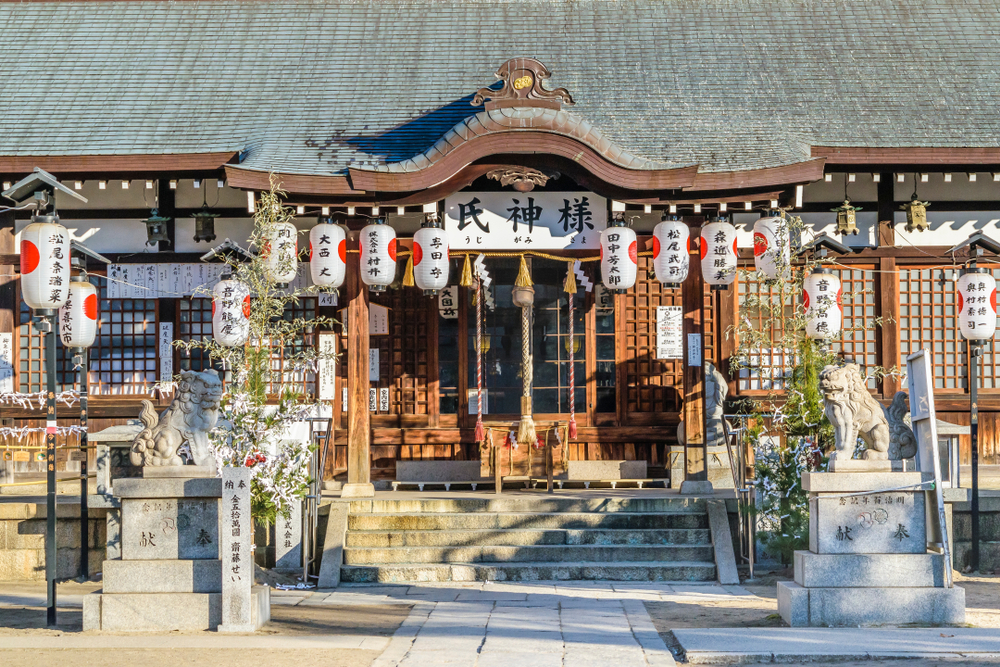
Shintoism is one of the major Eastern religions related to the country of Japan. Founded several millennia ago, Shinto involves practices and traditions that have stemmed from an eclectic assortment of varied myths and cultural beliefs. Interestingly, this has shaped how modern Japan views the religion. While statistics show almost 80% of Japanese citizens engage with Shinto traditions, only about 40% identify with Shintoism in a religious sense. This showcases the idea that many Japanese citizens practice Shintoism without referring to themselves as Shintoists or specifically identifying as members of a particular religious group.
If you’re curious about what Shintoism entails, now is the time to learn more. Examine these facts about the Shinto religion and discover some fascinating bits of information for yourself.
Kami
One of the guiding beliefs of Shintoism has to do with spirits. Followers of this religion believe spirits, also referred to as kami, exist all throughout nature. Everything from rivers to mountains, animals to human beings, is said to contain spiritual energy in some way. Kami are said to be able to manifest in anything found in nature, which has led to those who follow Shinto beliefs to have a great reverence for the natural world. Modern Shintoism will often involve paying heed to the spirits of nature by praying to a mountain, forest, or body of water.
Kami can also sometimes be gods and goddesses. One famous example of this is Amaterasu, the Shinto goddess of the sun. According to ancient myth, Amaterasu was guardian of the day, while her brother Tsukuyomi was the god and ruler of the night. The two were rivals who constantly fought, though mythology explained they would always reconcile so that night and day could be balanced. Outside of being the goddess of the sun, Amaterasu was also in charge of bringing harmony and balance to the world.
Shrines and Worship
One of the most defining characteristics of Shintoism is the use of shrines. The shrines dedicated to kami can be found all over Japan, especially in more rural areas. Shrine Shinto is one distinguished expression of Shintoism, which involves followers of the religion taking time to visit shrines and pay respects to the various kami. These spaces, also known as Jinjas, are usually found in nature, and it is considered very taboo to do anything immoral while in the shrines or to do any damage to them in a purposeful manner.
Statistics state that there are currently more than 80,000 different Shinto shrines found all over the world. Still, the vast majority can be found in Japan. Some of the oldest include Izumo Taisha and Fushimi Inari. Prolific shrines include the Meiji Jingu and Yasukuni in Tokyo. Amaterasu’s own shrine can be found in Ise, and countless followers visit this site each year to commune with or pay heed to the sun goddess.
Purification
Another crucial part of Shintoism has to do with purification rituals. Referred to as harae, the purification process is one of the more important rites involved with modern Shintoism. Harae involves a Shinto priest and is usually conducted to bless a space and rid it of any lingering “evil” presences or trickster kami. To this day, Shinto priests are used by Japanese officials when the time comes to build a new building or renovate an old space. Though places are most often purified, objects and people can also be cleansed through harae.
The main idea behind Shintoism is to show respect for the natural world and all the kami found there. The religion is somewhat different than other modern belief systems, but the basic philosophies and practices surrounding Shintoism have remained virtually untouched in the centuries since it first came together as an organized system of belief.

